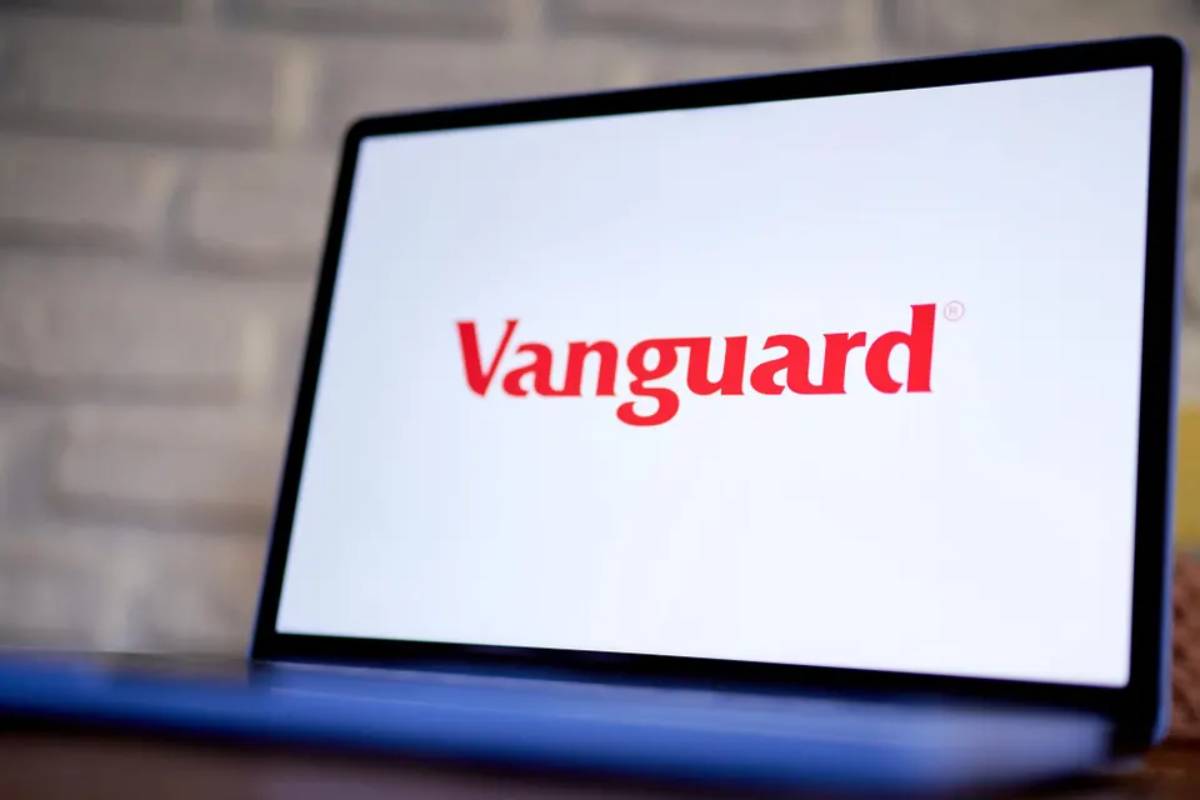
How to Start Investing in Index Funds
Imagine achieving your long-term financial goals with less stress and more confidence. That is the promise of index fund investing. Investing in index funds can change your financial future. Whether you’re saving for retirement, a big purchase, or just want to grow your wealth, knowing how to invest is key.
This beginner guide, updated for 2025, offers clear steps to start index fund investing. It helps you avoid common mistakes and use expert strategies for the best results.
Understanding the Core of Index Fund Investing
What is an Index Fund?
An index fund is a mutual fund or ETF. It aims to match the performance of a specific market index, like the FTSE 100 or S&P 500. An index fund doesn’t try to beat the market. Instead, it matches the market’s returns. This approach gives you broad market exposure. It also has lower costs and uses a passive investment strategy.
Why Choose Index Funds?
- Lower Costs: Index funds often have significantly lower fees than actively managed funds.
- Diversification: They automatically diversify your portfolio across many sectors and companies.
- Steady Returns: Index funds usually offer reliable, long-term growth. They aren’t immune to market downturns, but they tend to perform well over time.
Real-World Example:
Sarah, a 29-year-old marketing executive, started investing £200 per month into an FTSE All-World Index fund. After 10 years, her investments grew a lot. This was due to compounding and steady returns. She didn’t need to manage them constantly.
Quick Reference Summary: Key Steps to Start Investing
- Understand what index funds are.
- Identify your financial goals.
- Choose the right index fund.
- Select a reliable investment platform.
- Set a regular investment schedule.
- Monitor your investments periodically, but avoid overreacting to market changes.
Step-by-Step Guide: How to Practise Index Fund Investing
1. Define Your Financial Goals

Are you investing for retirement, a house, or general wealth-building? Your goal will influence your fund choice and investment strategy.
2. Build a Solid Financial Foundation
Before investing, ensure you have:
- An emergency fund (3–6 months of expenses)
- Paid off high-interest debt
- Basic insurance coverage
Pro Tip: Avoid investing money you might need within the next five years, as markets can be volatile.
3. Learn the Basics of Different Indexes
- FTSE 100: Top 100 companies listed in the UK.
- S&P 500: 500 largest companies in the US.
- MSCI World Index: Global companies across developed markets.
Each index has different risks and rewards. Select according to your goals and risk tolerance.
4. Choose the Right Index Fund
When selecting a fund, evaluate:
- Expense ratio: The lower, the better (typically under 0.20% for index funds).
- Tracking error: How closely the fund matches the index.
- Fund size and reputation: Larger, well-known funds offer more stability.
5. Pick a Suitable Investment Platform

Choose a platform offering low-cost index funds, easy usability, and good customer support. Examples include Vanguard, Hargreaves Lansdown, and Fidelity.
6. Decide Between Lump Sum or Regular Investing
- Lump Sum: Invest all at once if you have a large amount ready.
- Pound-Cost Averaging: Invest a fixed amount regularly to mitigate market timing risks.
Important Tip: Regular investing often reduces emotional reactions to market volatility.
7. Set Up Automatic Contributions
Automating your investments keeps things steady. It cuts down on emotional choices and helps you take advantage of market dips over time.
8. Monitor and Rebalance
Review your investments once or twice a year. Rebalancing helps maintain your desired asset allocation.
Pro Tip: Avoid checking your portfolio too often—it can lead to unnecessary panic or impulsive decisions.
Best Practices & Additional Insights
- Educate Yourself Continuously: Understanding investing concepts helps you make better decisions.
- Start Early: The sooner you start, the more you benefit from compounding.
- Stay the Course: Market downturns are normal. Stick to your plan.
- Mind Your Fees: Even a 1% difference in fees can cost thousands over decades.
Metaphor: Think of investing like growing a tree. You don’t dig up the seed every week to check if it is growing. You plant it, water it, and wait.
FAQs
Q1: How much money do I need to start investing in index funds?
You can start with as little as £50–£100 per month. Some platforms even allow smaller minimum investments.
Q2: Are index funds risky?
All investments have risks. However, index funds are usually safer than individual stocks. This is because index funds spread out risk through diversification. However, they still fluctuate with the market.
Q3: Should I invest in multiple index funds?
Diversifying across different regions (e.g., UK, US, Global) can reduce risk and exposure to any single economy.
Q4: What is the difference between an ETF and an index fund?
Both track indexes, but ETFs are traded like stocks during the day, while mutual index funds are priced once at the end of the day.
Q5: How often should I rebalance my index fund portfolio?
Review your portfolio at least once a year and rebalance if your asset allocation drifts significantly.
Your Journey to Smarter Investing
Starting your journey with index fund investing may seem intimidating at first, but it is one of the most reliable ways to build wealth over time. Set clear goals. Choose the right funds. Automate your contributions. Stay focused on the long term. This way, you can invest confidently and succeed.
Ready to take control of your financial future? Start today by exploring top index funds and setting up your first investment. The best time to plant your financial tree was yesterday—the second-best time is now.
For more insights, check out our other guides on mutual funds, retirement planning, and smart investing tips.